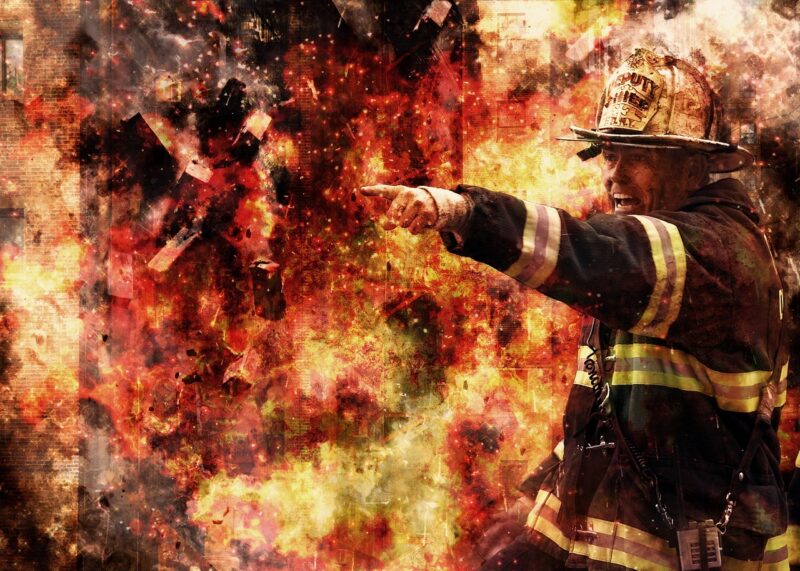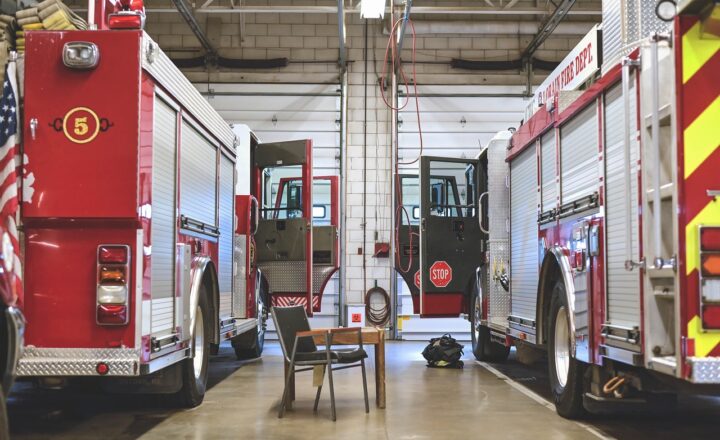The Evolution of Firefighting Techniques: How Modern Firefighters Combat Flames
November 14, 2024

Firefighting has been a crucial profession since the dawn of civilization. From the fleeting moments of primitive man wielding sticks and water to the high-tech tools utilized by today’s firefighters, the evolution of firefighting techniques is a fascinating journey that tells us about humanity’s persistent struggle against flames.
In this article, we will explore how firefighting techniques have transformed over the centuries, the innovations that have shaped modern firefighting, and the strategies employed by firefighters to combat flames effectively.
1. The Early Days of Firefighting
Firefighting can be traced back to ancient civilizations. In Egypt, Rome, and Greece, fire was not only a source of warmth and cooking; it also represented a significant danger. Early electrical alarm systems and buckets of water were among the first firefighting methods. Here’s how firefighters fought fires in antiquity:
- Bucket Brigades: These were the earliest organized firefighting methods where community members formed lines to pass buckets of water from a nearby water source to the fire.
- Fire Hooks and Axes: Firefighters used basic tools such as hooks and axes to pull down burning structures and create firebreaks to prevent the spread of flames.
- Primitive Pumps: In some cultures, hand-operated pumps were invented to spray water directly onto fires, although these tools were rudimentary at best.
Over the centuries, communities recognized the need for a more organized approach, leading to the formation of official firefighting units.
2. The Rise of Organized Fire Departments
The modern fire service began to take shape in the 17th century, particularly in cities such as London and New York. By the early 1800s, fire departments started to emerge, leading to significant advancements in firefighting technology and methods:
- Steam-Powered Fire Engines: The introduction of steam-powered fire engines in the 1820s revolutionized firefighting. These engines could pump water at alarming rates, making it possible to combat larger fires more effectively.
- Fire Hydrants: The development of the fire hydrant allowed firefighters to access a nearby water supply quickly. This innovation reduced response times and enabled a more effective firefighting strategy.
- Chemical Fire Extinguishers: In the 19th century, the introduction of chemical extinguishers provided firefighters with a portable solution to combat small fires before they escalated.
These advancements signified a shift towards more structured and effective firefighting methods.
3. The 20th Century: Harnessing Technology
The 20th century witnessed tremendous transformations in firefighting techniques, driven largely by technological advancements:
- Motorized Apparatus: The shift from horse-drawn engines to motorized fire trucks in the early 1900s allowed for faster responses and larger water tanks.
- Aerial Devices: The introduction of aerial ladders and platforms allowed firefighters to access higher floors of tall buildings, significantly improving rescue capabilities and fire extinguishment from elevated positions.
- Thermal Imaging Cameras: By the late 20th century, thermal imaging technology emerged, allowing firefighters to see through smoke and identify hotspots in burning structures. This advancement greatly improved situational awareness and safety.
These innovations not only increased the efficiency of firefighting techniques, but also enhanced the safety of firefighters as they tackled flames.
4. Modern Firefighting Strategies
Today’s firefighting techniques are a harmonious blend of traditional methods and advanced technology. Here are some key strategies employed by modern firefighters:
- Fire Behavior Knowledge: Modern firefighters are trained to understand fire behavior. This knowledge includes how to predict fire spread, smoke movement, and the best tactical approaches based on building construction and materials.
- Incident Command System (ICS): The ICS is a standardized approach used to manage all incidents, including firefighting. It includes clear incident roles and responsibilities, streamlining communication and coordination during emergencies.
- Fire Suppression Techniques: Modern techniques for suppression include direct attack, indirect attack, and combination strategies, utilizing both water and foam agents tailored to the specific challenges presented by different types of fires.
The use of data analytics in firefighting has also transformed response strategies by incorporating historical data about fire occurrences into predictive modeling, helping departments prepare for potential fire outbreaks and allocate resources effectively.
5. The Role of Firefighters in Today’s Society
The role of firefighters has evolved beyond merely extinguishing flames. Today, firefighters play varied vital roles in community safety:
- Emergency Medical Services (EMS): Many firefighters are trained as EMTs and first responders, providing critical medical assistance during emergencies.
- Fire Prevention and Community Education: Firefighters educate the community about fire safety, conduct inspections, and implement fire prevention strategies to minimize potential hazards.
- Disaster Response: Firefighters also respond to natural disasters, conducting search and rescue operations and providing aid to affected communities.
This multifaceted role enhances the value of fire departments within their communities and emphasizes the importance of fire safety education and preparedness.
Conclusion
The evolution of firefighting techniques is a testament to human ingenuity and resilience. From the rudimentary methods of ancient civilizations to the sophisticated technologies of today, firefighters have continuously adapted and innovated to effectively combat flames. The modern firefighter is not just trained in extinguishing fires, but also plays a vital role in community safety and emergency response.
As our world continues to change, so too will the methods and techniques employed by these brave individuals who dedicate their lives to protecting others from the destructive power of fire. The future of firefighting promises even more technological advancements and strategies to keep our communities safe.
Understanding the historical significance and modern complexities of firefighting deepens our appreciation for these everyday heroes. As we look ahead, supporting our firefighters and recognizing their contributions remains crucial to ensuring the safety of our communities in the face of fire hazards.







